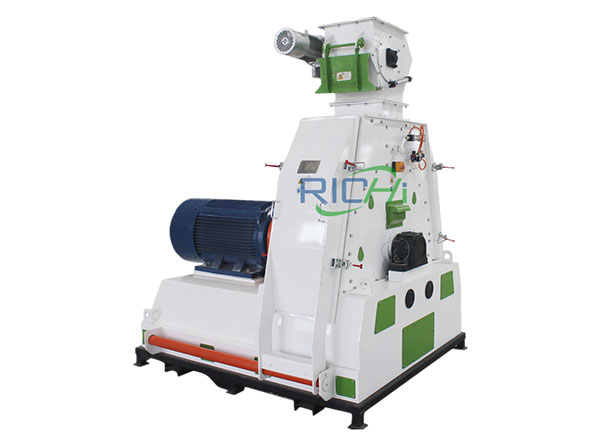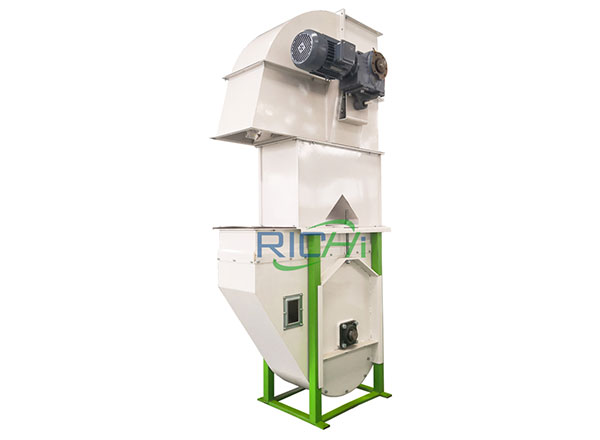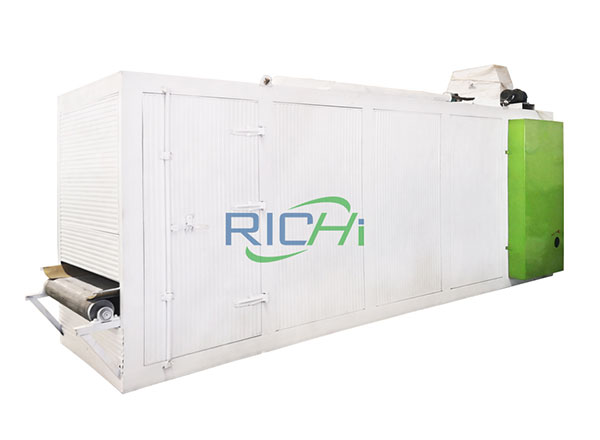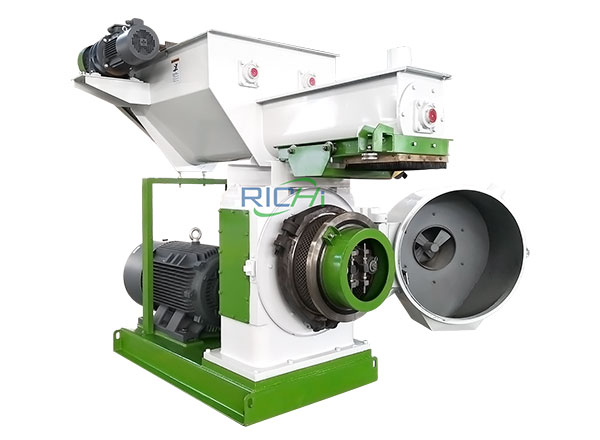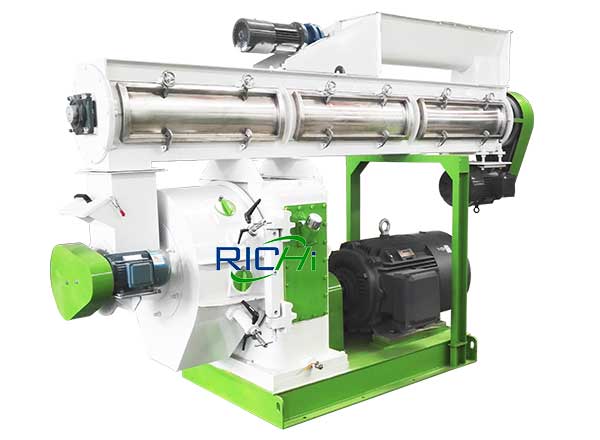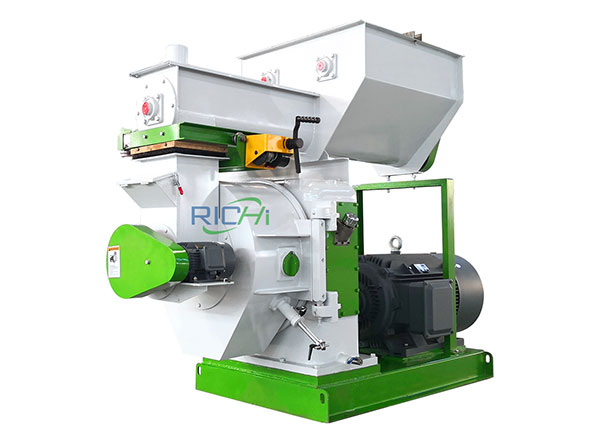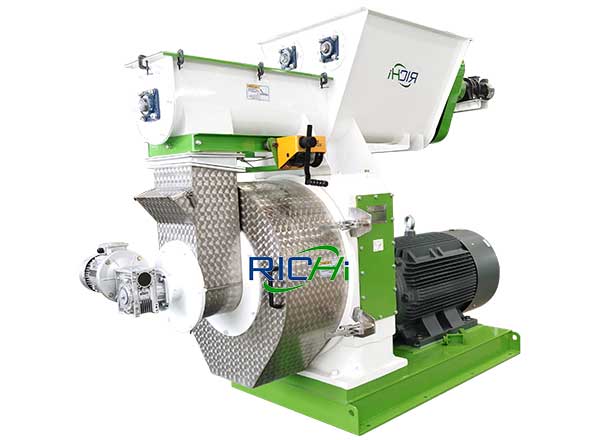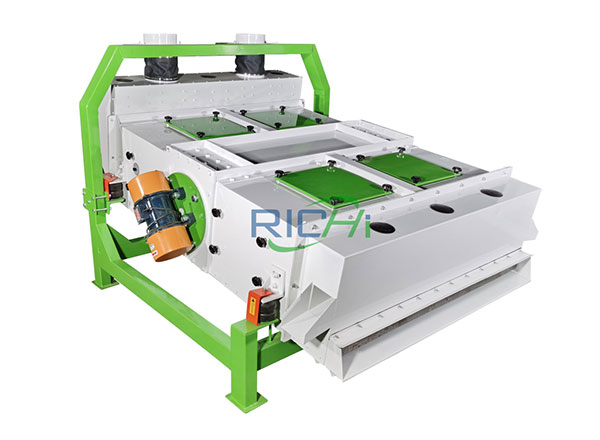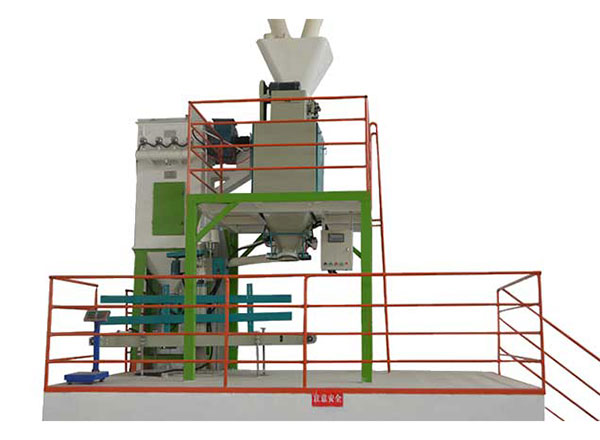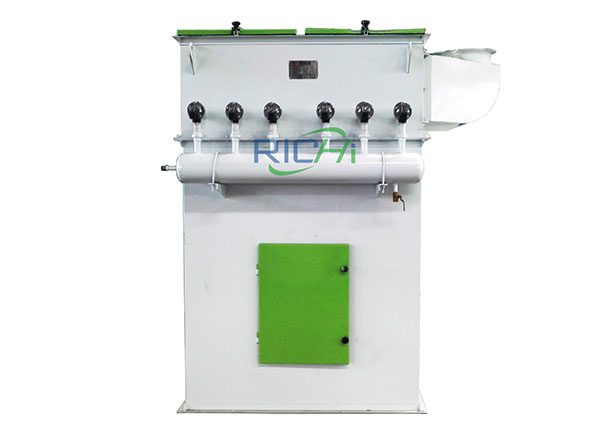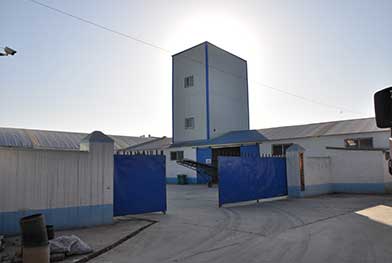
Miscanthus also called elephant grass is the eulalia or Chinese silver grass, is a species of flowering plant in the grass family Poaceae, native to eastern Asia throughout most of China, Japan, Taiwan and Korea. Miscanthus was introduced to Europe from the Far East in the 1930’s as an ornamental and from the 1950’s has been developed into a biomass crop through research, breeding and selection programs with considerable potential in a wide range of climatic zones including temperate Europe, and is being increasingly grown as an energy crop in Europe and America now.
Miscanthus x giganteus is a perennial grass that grows as tall as 12 feet high and can produce an impressive 15 tons of biomass per acre annually, according to University of Illinois research. Miscanthus which originated in Asia now it has a wide production acre across the US, Canada and the EU. In the Republic of Ireland, the dry matter yields from miscanthus can be expected to be similar to those for the North of England and in the range of 12-15 tonnes dry matter per hectare per year.
Features of Miscanthus
- Miscanthus is a perennial plant. Once it planted, it does not need to replanted again which will save the production cost and lower the impact to environment caused by annual sowing.
- Miscanthus can improve the soil quality by adding organic matter to the soil. At the mean time, it causes less soil compaction and erosion for it needs no tillage.
- Miscanthus is a low input crop, which recycles nutrients back and stores at the root. Thus, it needs little or no fertilize after being established.
How to Make Miscanthus Pellets?

Miscanthus Pellet Plant Production Line Flowchart
1. Chipping
When miscanthus is harvested and baled in the field to increase density and maximize transport efficiency, it is then transported to the processing facility where it is chopped. Miscanthus is chopped into fibers (25mm-35mm lengths) using a chopper or bale shredder then dried and pelleted.
2. Drying
The chopped miscanthus is further dried using a drier to allow processing to pellets. The required moisture content for pelleting is 10%-15%.
3. Grinding Processing
Before pelleting, the raw material must be reduced to an average particle size. For Miscanthus, this will require two separate grinding operations. Bales will go through a chopper or bale shredder, then through a hammer mill.
4. Pelleting
Pellet formation takes place in the pellet mill where the feedstock is extruded through a ring die or flat die. As the pellets begin to extend outside the die, they are broken off with knives at a specified length. There are specialized pellet mill or pellet plant for Miscanthus pellet production.
5. Cooling
Cooling is necessary t stabilize, dry and firm the pellets. The counter-flow cooler is the most popular type in the industry. It pulls ambient air through a bed of pellets to remove moisture and heat through evaporative and convective cooling.
6. Screening
When the pelleting is complete, some amount of the material will have not formed pellets. These materials are called fines. Screening is necessary to separate this materials out. It is then sent back through the pellet mill. When the pelleting process is functioning correctly less than 3% of the material will be screen out.
7. Bagging
After screening, pellets are bagged for residential sales or stored in bulk. For automatic packaging, pellet packing machine can service you. Pellets are conveyed to a bag-out bin where a scale measures the correct weight for each bag. The bags are then sealed and stacked on pallets.
Advantages Of Miscanthus Pellets
- Lower moisture content , which will be much more suitable for burning.
- Lower ash content, which will reduce the risk of slag during burning.
- Higher colorific value, which will generating more heat during burning.
- Higher density which will be much more easy and convenient for transportation and storage.
- Densified and uniform pellets makes the burning much more clear and stable.
Application
Firstly, Miscanthus can be used as animal bedding – production of horse bedding
Then, Miscanthus is considered to be a raw material for the paper industry, a source of fiber to be used in building materials.
And, Miscanthus is also widely used as a fiber material in geo-textiles. Its use as canes to support ornamental pot plants and the use of miscanthus ash arising from combustion processes as a fertilizer is also being done.
The most important one is miscanthus has 80-90% of the energy value of the initial biomass material and can be manufactured into pellets or briquettes used as a raw material for energy production and co-firing. Energy production alternatives that have been examined are co-combustion with coal and combustion in heating plants.
Investment Guide
| Production Scale |
Project Site Requirements |
Production cycle |
Installation cycle |
Investment Cost(USD) |
Profit cycle |
| 1-2 T/H Feed Pellet Production Line |
300-500m² |
20 Days |
7-15 Days |
10000-50000 |
1-3 Year |
| 3-4 T/H Feed Pellet Production Line |
300-700m² |
20 Days |
15-20Days |
5,0000-12,0000 |
| 5-7 T/H Feed Pellet Production Line |
400-800m² |
20-30 Days |
20-40Days |
7,0000-25,0000 |
| 8-10 T/H Feed Pellet Production Line |
800-2000m² |
30-40 Days |
45-60 Days |
150,000-300,000 |
| 12-20 T/H Feed Pellet Production Line |
1500-3000m² |
40-50 Days |
60-90 Days |
250,000-580,000 |
| 25-40 T/H Feed Pellet Production Line |
2000-4000m² |
50-60 Days |
90-120Days |
45,0000-850,000 |
| 50-60 T/H Feed Pellet Production Line |
3000-5000m² |
60-70 Days |
100-140 Days |
900,000-1,400,000 |
| 60-72 T/H Feed Pellet Production Line |
5000-8000m² |
70-90 Days |
130-160 Days |
1,450,000-1,800,000 |
| 80-100 T/H Feed Pellet Production Line |
8000-20000m² |
90-120 Days |
160 -190Days |
2,000,000-2,800,000 |
About the cost(different types & same capacity):
Poultry Feed Pellet Mill Plant, Ruminant Feed Pellet Mill Line, Livestock Feed Pellet Production Plant, Aquatic Pellet Extruder Plant, Pet Feed Pellet Mill Plant, Premix Feed Processing Plant, Powder Feed Production Line
About the profit :
1. The price of raw materials and feed is different in each country, and the investment cost will fluctuate.
2. The customer's operating costs include site costs, worker wages, and water and electricity costs. Skilled operators can minimize the operating costs of the equipment.
3. The correct management of feed mills, process management and high-quality production line equipment are the basis for the development of feed processing plants and high returns. |





